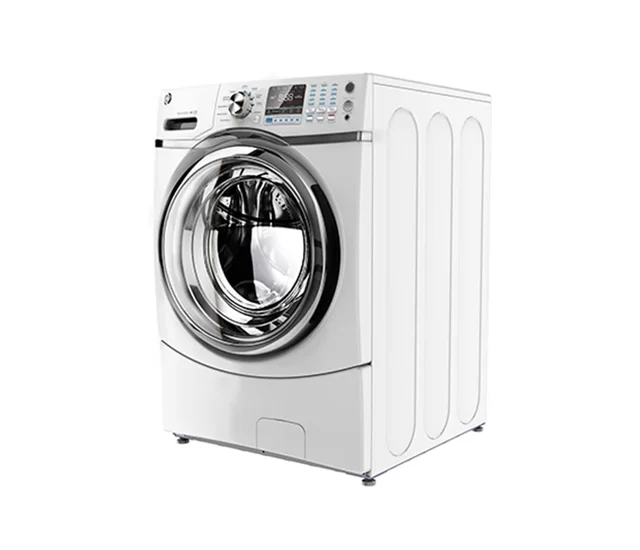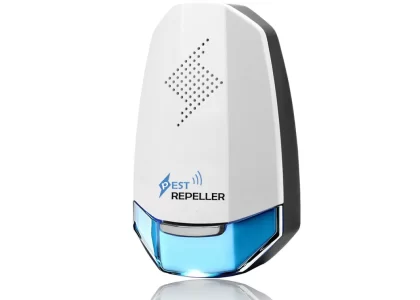Washing machines are essential appliances in our homes. They save us time and effort when doing laundry. However, over time, these machines can face issues, especially with the drain. A clogged washing machine drain can lead to a big mess and a lot of frustration. In this article, we will explore why drains get clogged and provide a detailed, step-by-step guide on how to unclog your washing machine drain effectively.
 Understanding the Cause of Clogs
Understanding the Cause of Clogs
1.1 Common Causes
A clogged washing machine drain can occur for several reasons:
- Lint Buildup: Lint from clothes can accumulate over time in the drain.
- Detergent Residue: Excess detergent can leave residues that lead to clogs.
- Foreign Objects: Coins, buttons, and other small items can get stuck in the drain.
- Clogged Drain Hose: The hose can become blocked due to various debris.
Several types of washing machines
There are several types of washing machines, each with its own features and benefits:
Top-Loading Washing Machines:
These machines have a lid on the top and allow you to load and unload clothes from above. They tend to have shorter wash cycles and are generally easier to load.
Front-Loading Washing Machines:
Front-Loading Washing Machines have a door on the front and are known for being more energy-efficient and water-efficient. They usually require less detergent and provide better cleaning performance.
Washer-Dryer Combos:
These units combine both washing and drying functions in one machine. They are convenient for small spaces but may take longer to dry clothes compared to standalone dryers.
High-Efficiency (HE) Washers:
Available in both top-loading and front-loading designs, HE washers use less water and energy than standard machines. They are designed to clean efficiently while being environmentally friendly.
Semi-Automatic Washing Machines:
Common in some regions, these machines require manual intervention for certain tasks, like filling the water or transferring clothes from the washing tub to the drying tub.
Fully Automatic Washing Machines:
These machines handle all processes automatically, including filling, washing, rinsing, and spinning, with just a single button press.
Portable Washing Machines:
These compact machines are ideal for small living spaces and can be easily moved and stored.
Each type has its own advantages, so the best choice depends on your specific needs and space considerations.
 1.2 Signs of a Clogged Drain
1.2 Signs of a Clogged Drain
Recognizing the signs of a clogged drain early can prevent a bigger problem later. Common signs include:
- Water pooling around the washing machine.
- Slow drainage during the wash cycle.
- Unpleasant odors coming from the machine.
Preparing for the Task
2.1 Gather Necessary Tools
Before starting the unclogging process, gather the following tools:
- Bucket or basin
- Towels or rags
- Screwdriver
- Plumber’s snake or wire hanger
- Rubber gloves
2.2 Safety Precautions
Safety is important. Follow these precautions:
- Unplug the washing machine before working on it.
- Wear rubber gloves to protect your hands.
- Use towels to catch any water that may spill.
Step-by-Step Guide to Unclogging a Washing Machine Drain
3.1 Step 1: Draining the Water
Before you can access the clogged area, you need to drain the water from the machine.
- Find the drain hose at the back of the machine.
- Place a bucket under the hose to catch any water that drains out.
- Disconnect the hose carefully. There might be water still trapped inside.
3.2 Step 2: Inspect the Drain Hose
Once you have drained the water, take a closer look at the drain hose.
- Check for kinks: Ensure that the hose is not bent or pinched at any point.
- Remove any visible debris: If you spot lint or any foreign objects, take them out.
3.3 Step 3: Clear the Hose
If the hose is still clogged, you may need to use tools to help.
- Use a plumber’s snake: Insert the snake into the hose and push it through to break up any clogs.
- Alternatively, use a wire hanger: Straighten the hanger, leaving a small hook at the end. Use it to fish out any blockages.
3.4 Step 4: Clean the Filter
Many washing machines have a filter that catches debris. This should also be cleaned.
- Locate the filter: It is often at the front lower part of the machine.
- Open the filter cover: Be prepared for water to spill out.
- Remove the filter: Clean it under running water to remove any lint and debris.
 3.5 Step 5: Reassemble the Washer
3.5 Step 5: Reassemble the Washer
Once everything is cleaned:
- Reattach the drain hose: Ensure it is securely connected.
- Put the filter back in place: Make sure it is locked in securely.
3.6 Step 6: Run a Test Cycle
Now it’s time to see if the problem is solved.
- Plug the machine back in: Make sure it is connected correctly.
- Run a short test cycle: Check for any leaks and observe if the water is draining properly.
Maintaining Your Washing Machine Drain
4.1 Regular Maintenance Tips
To prevent clogs in the future, follow these maintenance tips:
- Clean the lint filter regularly to avoid buildup.
- Avoid overloading the machine; too many clothes can lead to more lint.
- Use the right amount of detergent to reduce waste.
4.2 When to Call a Professional
If you try these steps and the drain is still clogged, it might be time to call in a professional. They have the tools and expertise to handle tougher clogs.
- Persistent Problems: If clogs happen frequently.
- Water Backflow: If water starts backing up into your machine.
 Unclogging a washing machine drain:
Unclogging a washing machine drain:
When unclogging a washing machine drain, consider the following precautions:
Unplug the Machine: Always disconnect the power supply to avoid electric shock.
Safety Gear: Wear gloves and protective eyewear to prevent injury or exposure to harmful substances.
Check the Hose: Inspect the drain hose for kinks or blockages before proceeding with more invasive methods.
Use Gentle Tools: Avoid using metal tools that could damage the drain or pipes. A plumber’s snake or a wet/dry vacuum is preferable.
Hot Water Caution: If using hot water to help dissolve clogs, ensure it’s not boiling hot to avoid damaging plastic components.
Check for Foreign Objects: Be cautious when removing blockages as foreign objects might be sharp or hazardous.
Chemical Drain Cleaners: Avoid using harsh chemical cleaners if possible, as they can corrode pipes and damage the machine.
Ensure Proper Ventilation: Make sure the area is well-ventilated, especially if you’re using any cleaning agents.
Do Not Force It: If you encounter resistance while clearing the drain, don’t force it. This could cause damage to the machine or plumbing.
Consult the Manual: Refer to your washing machine’s user manual for specific instructions and recommendations regarding clogs.
Seek Professional Help: If you’re unable to resolve the clog, it’s best to consult a professional plumber to avoid further damage.
Following these precautions will help ensure a safe and effective unclogging process.
 Some key trends:
Some key trends:
The current trends in washing machines are influenced by advancements in technology, sustainability, and consumer preferences. Here are some key trends:
Smart Technology: Many modern washing machines come with smart features that allow users to control and monitor their machines via smartphone apps. These features often include remote start, notifications, and diagnostic tools.
Energy Efficiency: Energy-efficient washing machines are becoming increasingly popular as consumers seek to reduce their environmental footprint and utility bills. Look for models with high Energy Star ratings.
Water Conservation: Alongside energy efficiency, innovations in water-saving technology are gaining traction, with machines designed to use less water while still providing effective cleaning.
Compact and Stackable Designs: As living spaces become smaller, compact and stackable washing machines are in demand, especially in urban areas where space is limited.
Steam Cleaning Technology: Washing machines that utilize steam cleaning to eliminate stains and reduce wrinkles are becoming more common, appealing to consumers looking for enhanced cleaning performance.
AI and Personalization: Some washing machines use artificial intelligence to learn users’ habits and preferences, optimizing wash cycles accordingly.
Sleek Designs: Aesthetic appeal is important; consumers are leaning towards stylish and modern designs that fit seamlessly into their home décor.
These trends reflect a growing consumer demand for efficiency, convenience, and sustainability in home appliances.
Conclusion
Dealing with a clogged washing machine drain may seem daunting, but with the right tools and steps, you can handle it yourself. Remember to keep an eye on your machine’s maintenance to avoid future clogs. Taking these simple steps can save you time, money, and hassle in the long run. Happy washing!





